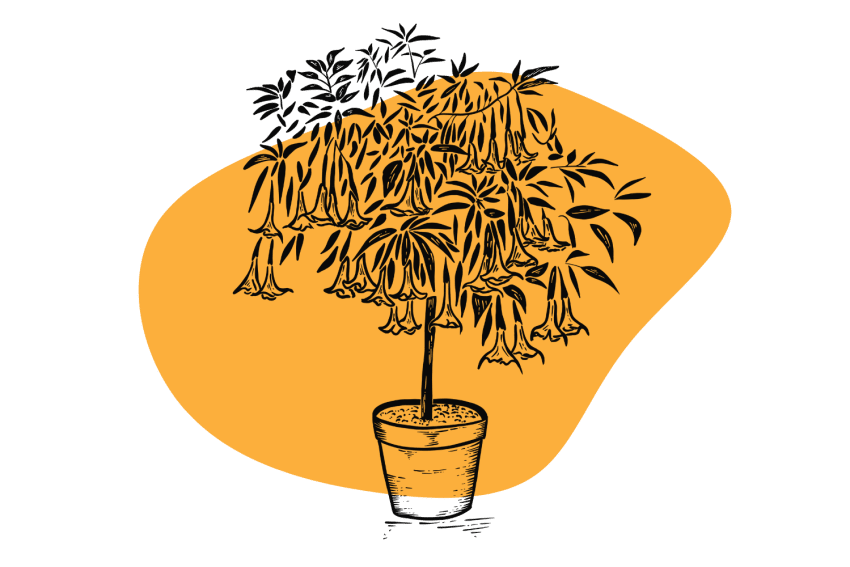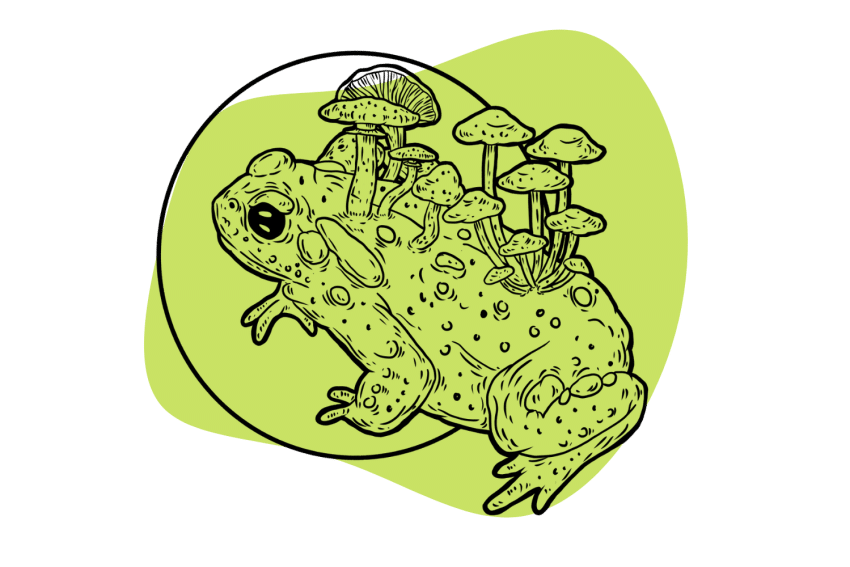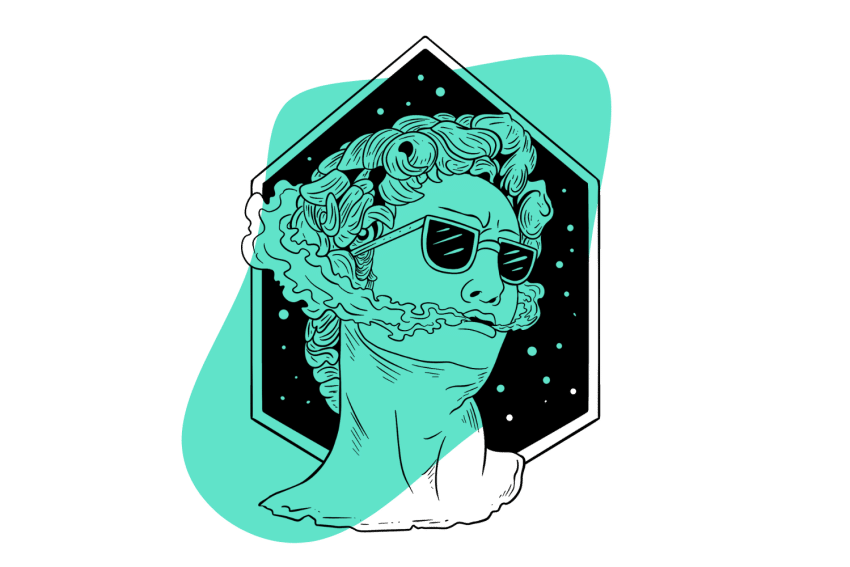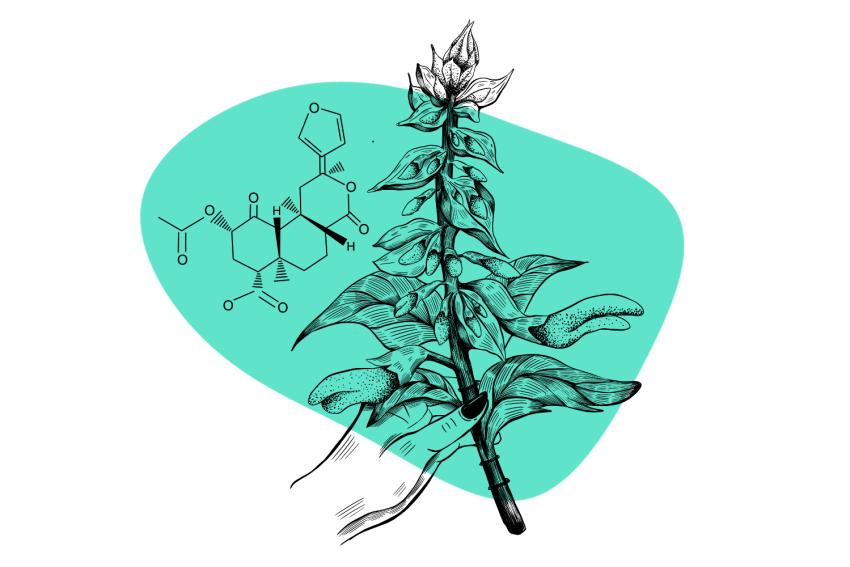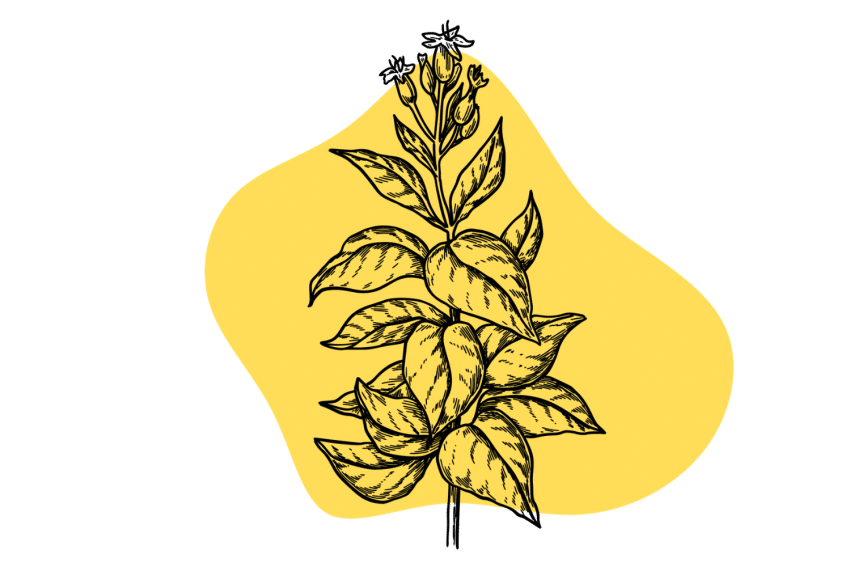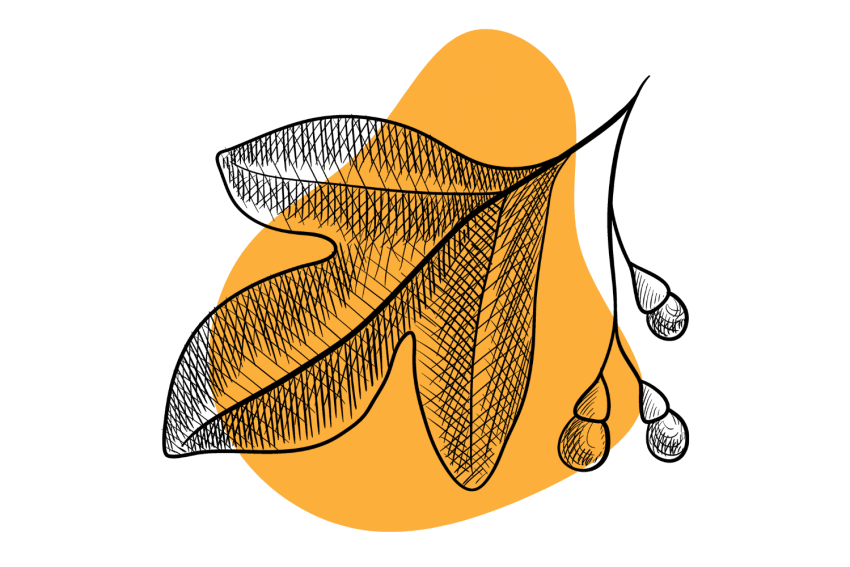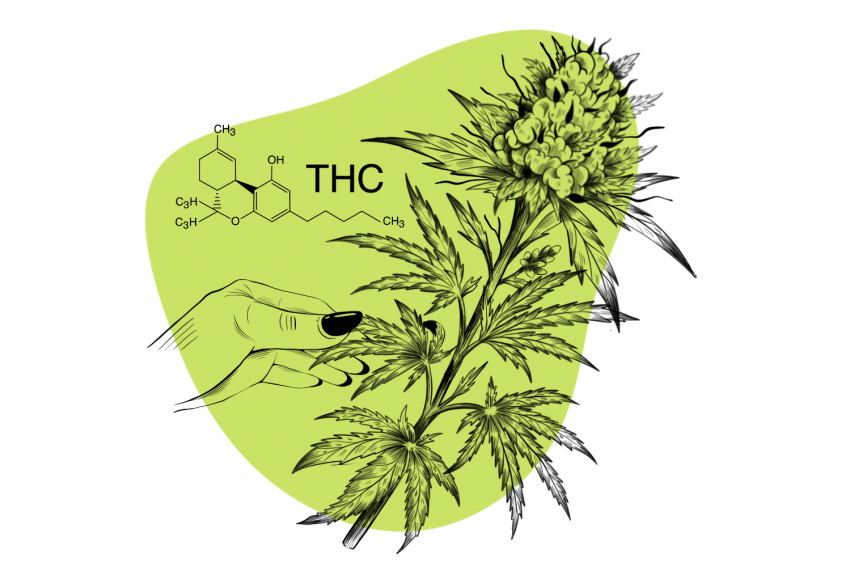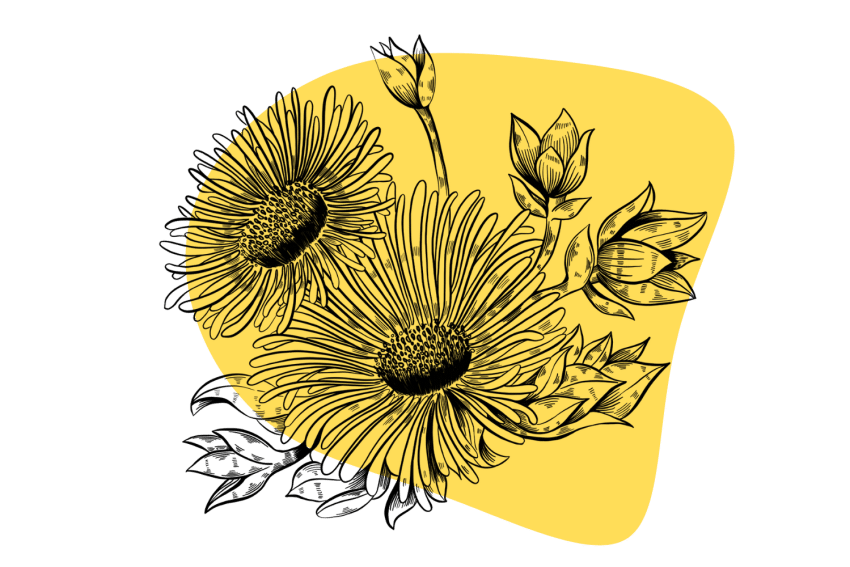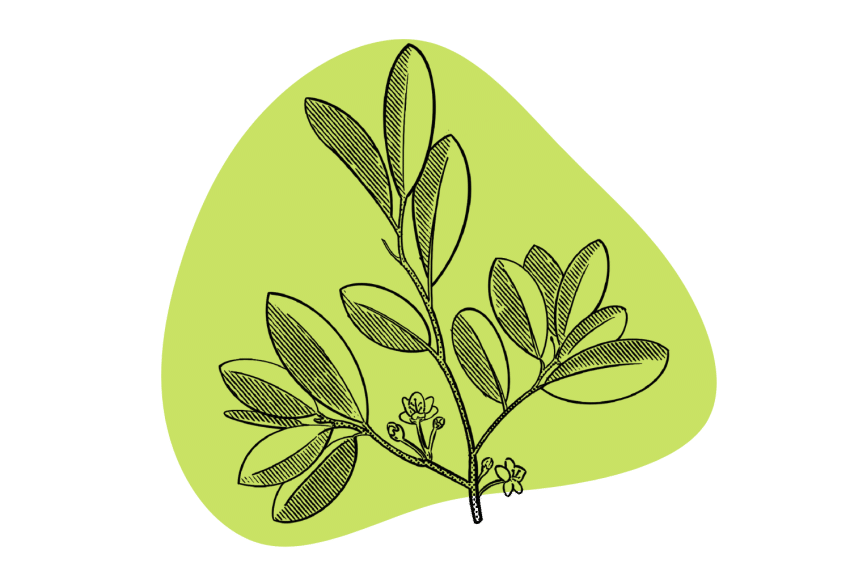What is Kambo Frog Medicine? What Are The Benefits?
Exploring the healing power of poisonous Amazonian frogs 🐸
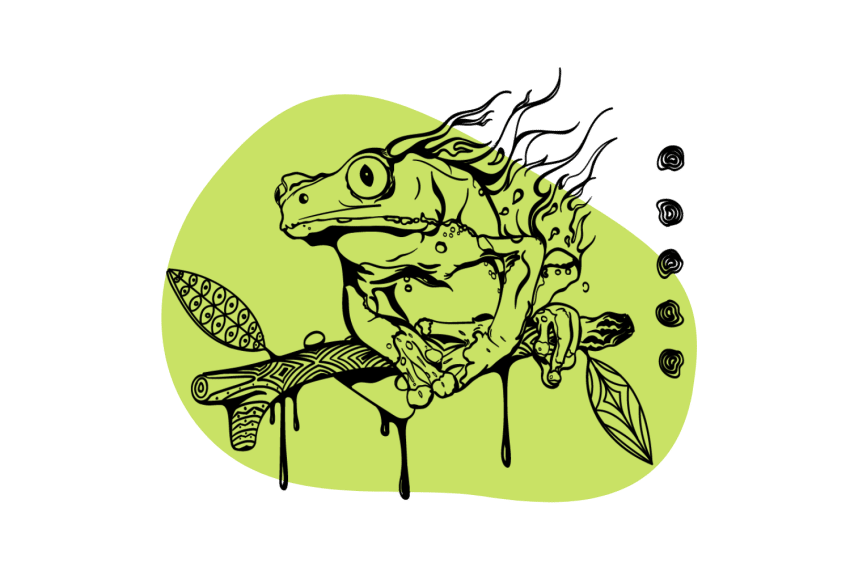
Frog medicine (called kambo), is a healing ritual from the Amazon that involves the poison from the giant Amazonian tree frog. The frog venom is rubbed into small burn marks in the skin.
As the venom enters circulation, it activates the immune and neurological systems — leading to “flu-like” symptoms and the “fight or flight” response.
The session itself is quite unpleasant, leading to nausea, vomiting, sweating, and dizziness. These adverse side effects are actually the goal of the treatment.
But these effects aren’t all negative — kambo is considered a powerful medicine. It’s used to treat conditions ranging from chronic pain, anxiety, inflammatory disorders, and more.
Does kambo medicine really work? Is it safe?
Here’s everything you need to know about the practice of kambo frog medicine.
Trip Sitter Safe Kambo Checklist:
- Check the list of contraindications for kambo
- Find an IAKP accredited kambo practitioner
- Start with a low dose (one dot), & add doses gradually
- Stick to applying treatments on the limbs (not the torso)
- Be cautious of overhydration & water toxicity
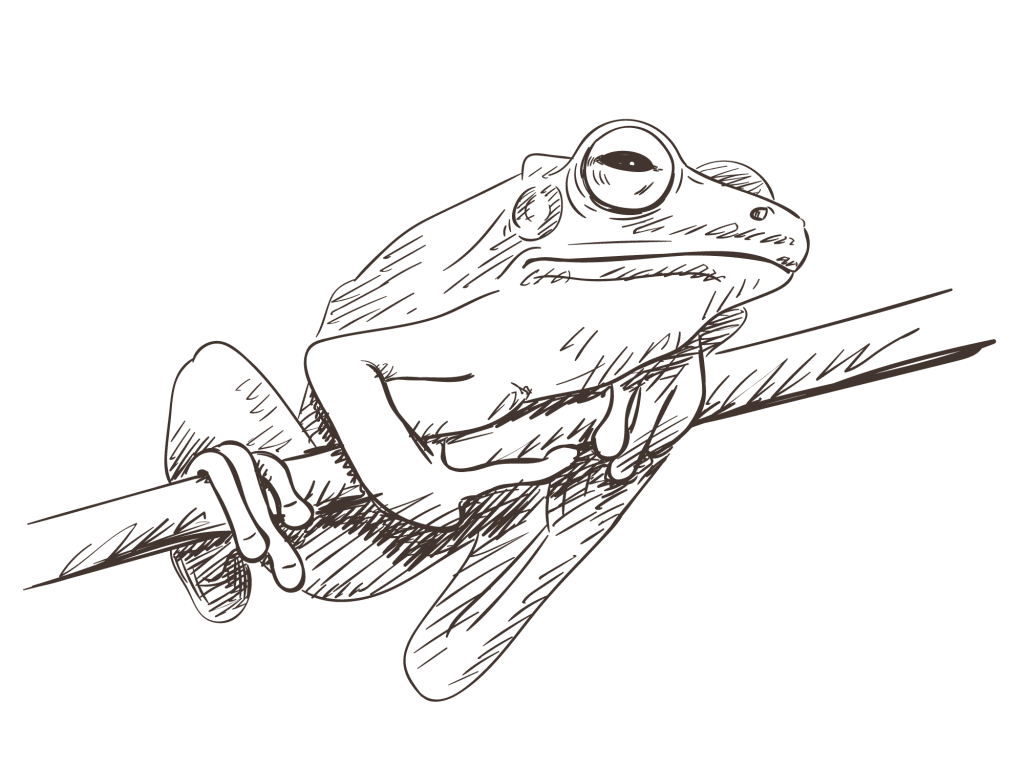
What is Kambo Medicine?
Kambo (also called sapo) refers to the poisonous secretions of the giant leaf frog (Phyllomedusa bicolor) from the Amazon rainforest. The secretions are collected and applied to burn marks in the skin. The venom enters the bloodstream through burns made in the skin.
Usually, practitioners begin with one burn and add up to six burns depending on how the patient responds to the treatment.
The frog is well-respected in the Amazon as a powerful medicine — both spiritually and physically. It’s been used for centuries as a panacea for a variety of symptoms and health conditions.
The traditional understanding is that kambo works to “clear blockages” — both energetically and physically.
The modern scientific understanding is that kambo exerts a hormetic response. It triggers the stress response and immune system by essentially “insulting” it — to which the body responds with an even greater defensive action.
The defensive action is what provides the bulk of the long-term benefits of kambo that start to appear a day or two after the ceremony.
Some describe the benefits as a “recalibration” of the homeostatic mechanisms in the body.
Related: Psychedelic-assisted psychotherapy
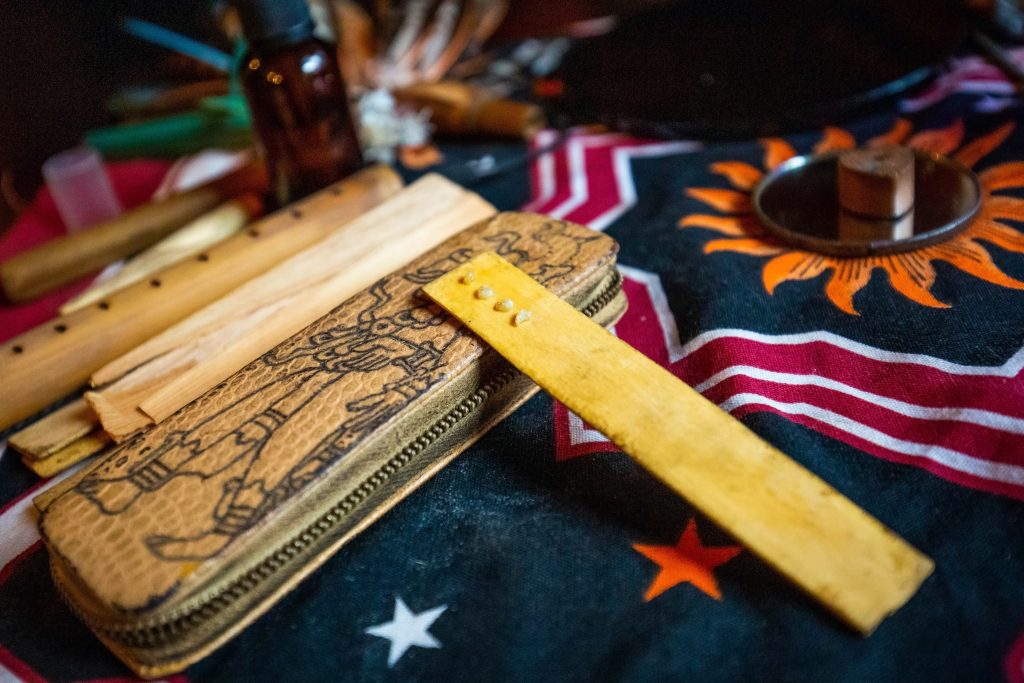
What’s The Dose of Kambo Medicine?
Doses of kambo are measured in “dots” — that is, burn spots on the arm or leg where the kambo venom is administered.
A single dot delivers roughly 10 mg of venom — however, the quality of the venom used and the diameter and depth of the burn mark (the dot) affect how much kambo venom enters the bloodstream.
A single 10 mg of kambo frog venom contains roughly 320 mcg of caerulein, 220 mcg phyllomedusin,180 mcg of phyllokinin, 30 mcg sauvagine, 53 mcg deltorphins, and 3 mcg dermorphin [2].
Doses should only be administered periodically — separated by a few weeks or longer. It’s not safe to take kambo medicine on a daily or even weekly basis.
The Kambo Frog (Phyllomedusa bicolor)
The frog used in kambo medicine is the giant tree frog (also called the monkey frog). It’s found throughout the Amazon rainforest. The only threats to this frog’s existence are the increased interest in its venom as a source of medicine and habitat destruction. At the moment, the frog is widespread and not considered endangered or at-risk.
These frogs are very large, often exceeding 12 cm long (females). The males of this species are smaller, growing up to 10 cm long.
They have a very characteristic look — they’re vibrant green in color with dark spots on the limbs and chest. They also have a distinct “bark” local shamans can pick out in the sea of noise coming from the dense rainforest.
Interestingly, it’s not known what causes the frog to produce its venom but it’s believed to be sequestered from its environment. Frogs removed from their natural environment won’t produce this venom.
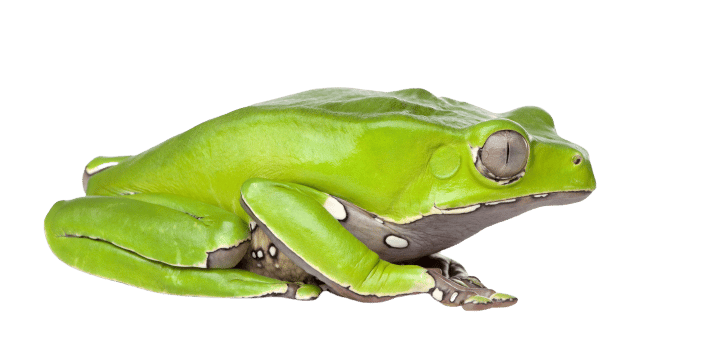
What is Kambo Medicine Used For?
Kambo is not psychedelic and it’s not used to get the user high. In fact, the practice can be quite unpleasant. It makes you feel like you’re sick — resulting in symptoms including vomiting, heavy sweating, rapid heartbeat, muscle aches, and lethargy.
Frog medicine is used as a treatment for a variety of health conditions and there are two camps when it comes to the health benefits of kambo.
There are the more esoteric benefits (supporting motivation and buildup of negative energy), and the physiological effects (antimicrobial action and stress or mood support).
The traditional concept is that the vomiting it induces helps purge the body. Purging is a common method of treatment in traditional medicine around the world. Just about every culture on earth has used or continues to use substances that induce vomiting (emetics) as a source of medicine.
Purging is used to clear both physical and psychological “buildups.” What these buildups actually involve, depends on the person. Kambo is described as being good for “shaking things up when we’re stuck.” It’s used to improve motivation after low periods in our lives, helping to develop new habits, clear inflammation, and boost energy levels.
Traditional applications of kambo include:
- Enhance a hunter’s precision and acuity before a hunt
- Release of panama (dark or negative energy that accumulates over time)
- Realigning chakras
- Clearing bad luck
- Increase courage, stamina, & strength
- Overcome fear of death or dying
- Removing psychological & emotional “blockages”
Modern uses of kambo include:
- Boosting productivity at work or university
- Clear negative ruminations or toxic mental states
- Managing autoimmune disease of inflammatory conditions
- Treating chronic pain
- Alleviating symptoms of diabetes
- Supporting mood disorders such as anxiety or depression
- To support fibromyalgia or chronic fatigue syndrome
- Eliminate bacterial or fungal infections
- As an adaptogen to buffer our ability to respond to stressful stimuli
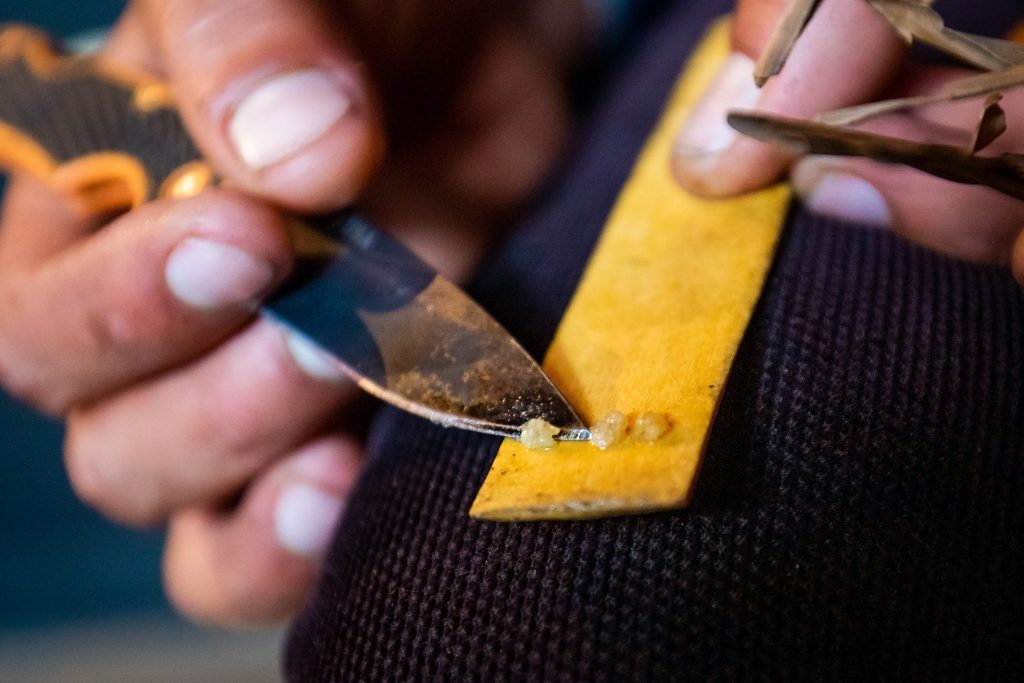
What Does Kambo Feel Like?
Kambo doesn’t feel great. Within a few seconds of receiving your first dose, you start to feel a burning pain starting at the site of the burn mark which radiates down to your torso. You may begin to feel lightheaded or dizzy, and your heart rate starts to increase.
It’s common for people to feel anxious or like they’re coming down with the flu.
Eventually, you start to feel overwhelming nausea and dizziness. The room may start to spin and you’ll likely spend a few minutes vomiting into a bucket or making quick trips to the bathroom.
The real benefits of kambo don’t start until a few hours after the experience. Once the effects wear off you’ll begin to feel a new wave of energy. You feel stronger, your mental state feels more clear, and you may even feel a sense of relaxation and wellbeing.
You may notice your skin clear up, your energy levels increase, and you feel a greater sense of wellbeing and mental acuity over the next few days after the treatment. These benefits are reported to remain for 6 months or longer after a single treatment.
Summary: How Kambo Feels
- Your heart speeds up
- Your throat feels tight
- You may start to feel buzzed or woozy, but it won’t make you high
- You start sweating and getting some muscle shakes
- Your face may become swollen (frog face)
- You feel nauseous and may start to vomit
- You may feel lethargic for an hour or so after
- Overwhelming emotions bubble to the surface
- Your urination increases
- Pain radiates from the source of the treatment to the torso
Does Kambo Make You High?
Kambo is not psychedelic and will not make you feel high. It may produce some mild intoxicating effects in higher doses — making users feel woozy, dizzy, or drunk.
Some reports mistake the psychoactive toad venom from the Bufo alvarius toad with kambo.
The bufo toad is found in the Southern United States and Mexico and secretes high concentrations of the intensely psychedelic compound 5-MeO-DMT. The venom is smoked or vaped to produce a profoundly psychedelic experience lasting up to 30 minutes.
The bufo toad venom and kambo frog venom are completely different and can’t be used as substitutes for each other.
The bufo toad is used for spiritual exploration and healing — while kambo is purely used as an alternative medical treatment.
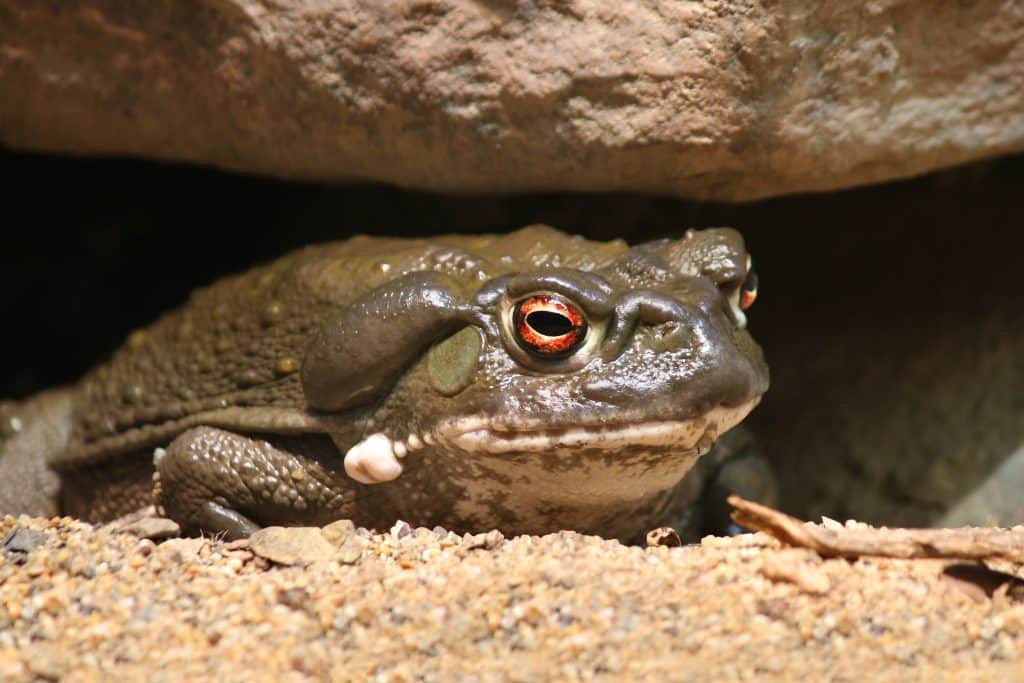
How Long Does Kambo Frog Medicine Last?
Kambo medicine is very short-acting. The effects begin within a few seconds, and peak by the 10-minute mark. The whole process is usually over by about 45 minutes.
In some cases, the effects may linger for longer than this, and it’s common for people to experience fatigue or lethargy for up to 3 hours after the ceremony.
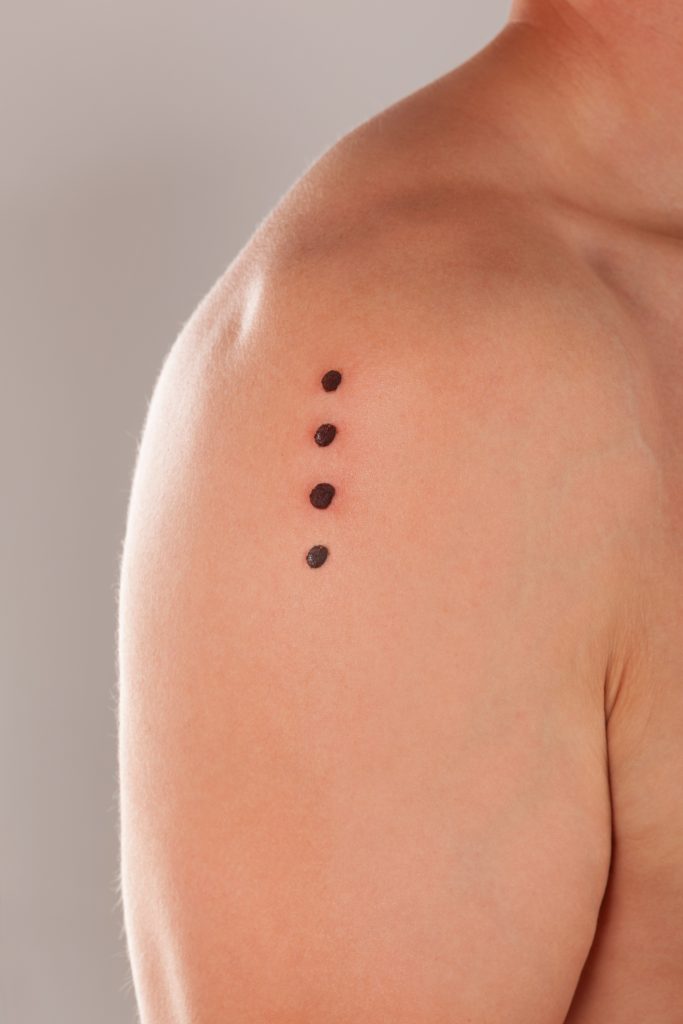
The Kambo Ceremony
The kambo ceremony can vary depending on the practitioner but generally follows the same basic process.
Before the ceremony, participants are asked to fast for about 24 hours. Participants are asked to drink about 1 liter of water or cassava soup prior to attending the ceremony. Sometimes other practices, such as yoga or meditation are also done before the session.
When it comes time for the treatment, the practitioner creates a number of small burns with a hot piece of timber on an arm or leg. The blister from the burn is then scraped away to expose the deeper layers where the lymphatic system is located.
The kambo secretions are then rubbed into the burns.
Preparing Kambo Medicine
Kambo venom can only be extracted from frogs living in the Amazon basin. Frogs raised in captivity don’t secrete the venom.
Frogs are collected from the wild, tied up, and scraped to remove the venom. The frog is not killed in the process and is released back into the wild once the venom is collected.
The venom is then dried to store for up to a year.
Before a kambo session, the venom needs to be rehydrated by mixing it with some water to make a dark green paste.
How Much Does Kambo Cost?
Kambo treatments can be expensive. While the practice has been gaining in popularity outside Amazonia over the last few years, it’s still difficult to find a kambo practitioner in most parts of the world. It’s also difficult for practitioners living outside South America to get their hands on a steady supply of kambo frog venom.
All of these factors make the kambo sessions expensive.
Depending on where you live, the cost for a single session can range from $50 to $400.
Most practitioners recommend several kambo sessions spaced a few weeks apart. You can usually get a better deal by paying for all of these sessions upfront.
How Does Kambo Work?
The active ingredients in kambo frog venom interact with the adrenal, neurological, and immune systems.
Exposure to the venom induces stress-response and activates dozens of cellular survival processes. Compounds in the venom also aggravate the immune system — forcing it to go into overdrive.
The effects are thought to be hormetic in nature — which is a concept where a small trigger can lead to an even larger response and buffering of the system.
Exposing the body to stress can lead to a buffering of the stress-response system after the initial insult.
The interaction of kambo medicine with the body is extremely complex.
The neuropeptide receptors kambo medicine work through are still not well understood. They’re involved with regulating just about every cellular function in the body. They’ve been linked with the regulation of our mood, appetite, digestive function, inflammation, pain transmission, immune function, blood pressure, and much more.
This widespread and diverse set of effects is likely the reason why kambo medicine has so many seemingly unrelated benefits.
By acting on a central system of neurochemistry, kambo is thought to act like a “reset” for this system. The system is forced into overdrive (temporarily). When the venom wears off, the body is forced to reset, leading to a more idyllic balance of neurochemicals in the body and improved health status.
Kambo Constituents
Many frogs secrete toxic compounds through glands on their back. The poison dart frog, for example, secretes enough venom to kill 10 full-grown humans — despite being no larger than 2 cm long.
Frog venom is used to protect the animal from birds, snakes, and other animals that may seek to eat them.
The giant leaf frog venom contains well over 100 individual constituents. The most relevant are a group of 16 peptides that interact with various neurological and immune receptors. Many of the active ingredients are classified as tachykinins — which is a large family of neuropeptides (proteins that transmit messages around the neurological system). They’re involved with smooth muscle contraction (blood pressure regulation), intestinal contractions, and various behavioral responses.
The best known naturally-occurring tachykinin in humans is substance P — which is intimately involved in the stress response. It’s used to amplify most cellular processes in the body. Its release leads to inflammation, vasodilation, pain stimulation and inhibition, changes in mood, cellular growth and repair, and the vomiting reflex.
Many of the effects of kambo frog medicine are thought to be through similar mechanisms as substance P (NK1, NK2, and NK3 receptor activation).
There are 16 primary peptides in kambo venom currently being explored in the medical research community [1]:
- Adenoregulin — enhances binding of agonists to the adrenergic (A1) adenosine receptors [5]
- Bombesin — modulates satiety, temperature regulation, glucose homeostasis, and circadian rhythm [12]
- Bombesinnona peptides — thought to have similar effects to bombesin, but not well researched [13]
- Bradykinin derivates — numerous compounds in this group, many with actions on salivary glands & smooth muscle contraction [21]
- Caerulein — stimulates smooth muscle contractions & digestive secretions [8]
- Deltorphin — activate the opiate receptors which provides analgesic effects [11]
- Neurokinin B — a tachykinin involved with temperature regulation & reproduction in women [14]
- Phyllocaerulein — similar structure & effect profile as caerulein on stimulating gastric secretions & smooth muscle contraction [15]
- Phyllokinin — structurally similar to bradykinin but roughly three times stronger
- Phyllolitorin — similar structure & effect profile as bombesin [16]
- Phyllomedusin — classified as a tachykinin and affects the salivary glands, neurokinen receptors, smooth muscle dilation, & tear ducts [9]
- Preprotachykinin B — a tachykinin shown to activate the NK1 or NK2 receptors, causing constriction of the airway [17]
- Ranatachykinin A — activates the substance P receptors & may have pain-reducing effects [18]
- Sauvagine — acts in a similar way to corticotropin releasing factor (binds to CRFR1 & CRFR2) and mimics the physiological reactions to stress [10]
- T-kinin — involved with muscle contraction, particularly in the uterus [19]
- Urechistachykinin II — shown to have antimicrobial action & interaction with substance P receptors [20]
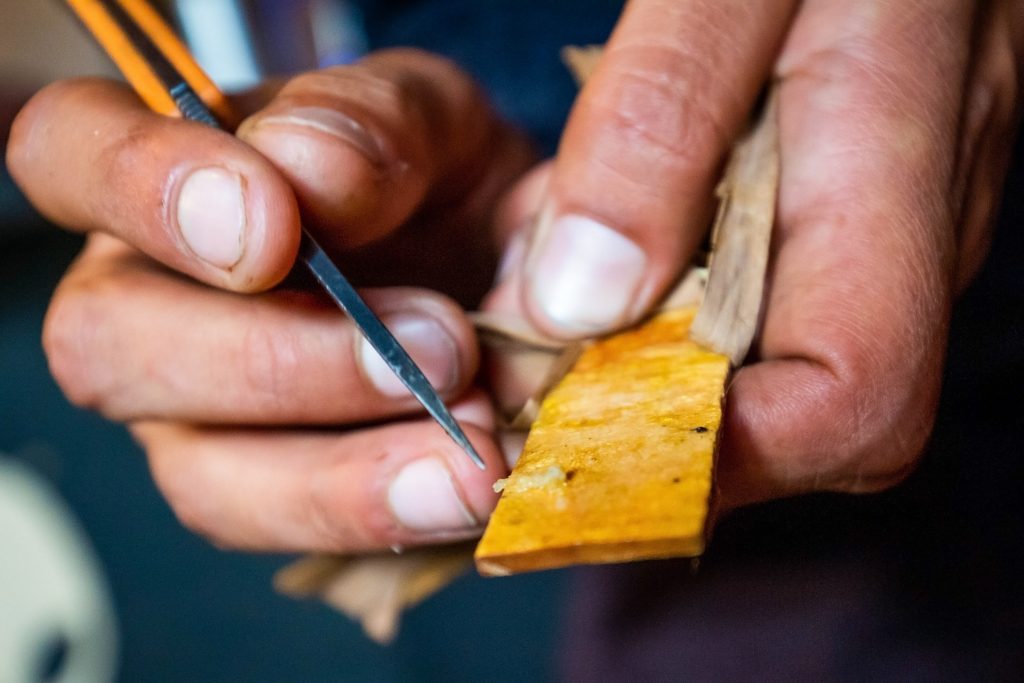
Is Kambo Legal?
Kambo is legal throughout most of the world, including the United States and Canada.
Brazil recently banned the practice on a commercial level but allows cultures living in the region to take the medicine as they please.
Some countries ban the import of kambo venom as a way to slow commercialization of the practice — but allow citizens to use the medicine.
Currently, kambo is not regulated in any country. It’s not considered medicine or food, which means there are no policies or regulations for practitioners using the medicine locally.
This causes some problems.
While kambo is generally regarded as safe, incorrect use can lead to serious harm. People have died from kambo in the past from taking too much or experiencing anaphylactic reactions.
Regulation is needed to ensure the practitioners administering the medicine are qualified and actually know what they’re doing.
The International Association of Kambo Practitioners (IAKP) has stepped forward as an independent training and accreditation entity to ensure the safe and consistent use of the treatment globally. While it’s not required, I recommend you look for a practitioner that’s been accredited through this association to ensure your experience is as safe as possible.
Related: Legalization vs. Decriminalization: What’s the Difference?
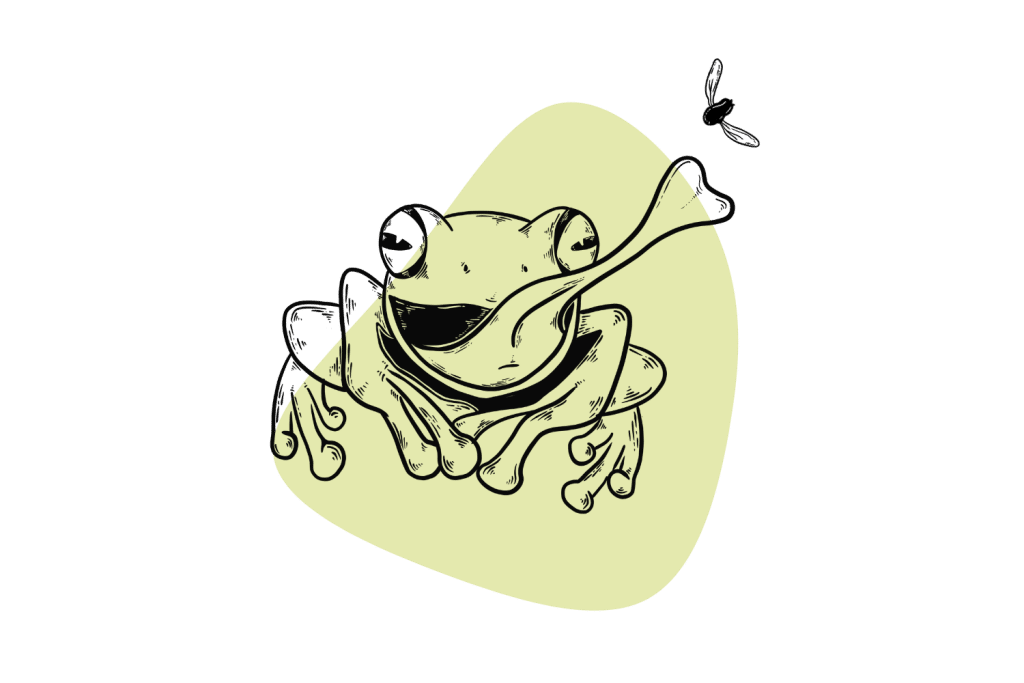
Is Kambo Safe?
Whenever working with compounds that trigger the immune system, there’s an inherent level of risk involved. While exceedingly rare, there have been a couple of reported deaths from using kambo. It’s unclear whether these deaths were due to the kambo directly, an interaction of kambo with other drugs or medications, or something else altogether.
In at least one of the reported deaths the victim had an existing heart condition and took the medication on their own without supervision [3].
There’s also always a risk of more severe reactions, such as anaphylaxis — which can be life-threatening if not treated immediately.
For this reason, it’s very important you only take kambo with an experienced practitioner. Someone who’s familiar with the safe dose of the venom, knows how to tell the difference between the usual response and something more serious, and how to prepare and administer the venom safely.
It’s unclear whether kambo interacts with other drugs or medications or not because there’s never been any official testing.
However, the chances of cross-reaction between kambo and other drugs are very likely. It’s wise to avoid using any other substances before or immediately after receiving a kambo treatment.
It’s also a good idea for people with severe immune-related medical conditions to avoid kambo unless under direct medical supervision.
Side Effects of Kambo Medicine
- “Frog face” — swelling & edema of the face
- Nausea & vomiting
- Rapid heart rate (tachycardia)
- Heart palpitations
- Lethargy & fatigue
- General sense of malaise and “flu-like” symptoms
Anaphylaxis (Severe Allergic Reaction)
Anaphylaxis is a severe immune reaction to a substance. This is the same response that occurs in people who are deathly allergic to bee stings or peanut butter.
An anaphylactic reaction can happen suddenly — within seconds or minutes. The immune system goes into red alert when exposed to certain compounds, which trigger a severe and over-exaggerated immune response. These changes cause your body to go into shock, which can be life-threatening if not treated with emergency medical care immediately.
Signs of anaphylaxis include a closing of the airways (difficulty breathing), rapid heart rate, dizziness, skin rashes, and fainting.
Anaphylactic reactions to kambo are rare, but not unheard of. It’s very important that kambo is applied slowly and deliberately for the first two sessions. This is important to spot signs of anaphylaxis before applying too much kambo.
For many people, it’s the second exposure to a reactive compound that triggers anaphylaxis. For example, many people who are allergic to bee stings only react to the second sting.
Just because your first session didn’t trigger this response, doesn’t mean you’re in the clear yet.
Water Toxicity
One of the most common, but overlooked dangers of kambo is drinking too much water.
Water is an important part of the kambo treatment. Before receiving a dose of kambo, participants are asked to fast and drink plenty of water to help with the purge.
But there’s such a thing as too much water.
Too much water can alter the concentration of electrolytes in the bloodstream — which are critical for muscle function in the heart and arteries. The nervous system also relies on a specific concentration of minerals in the blood to function. If electrolytes become too diluted in the bloodstream from drinking too much water, it can make people feel drunk and may lead to seizures or death.
Kambo places increased risk for water toxicity because it usually involves fasting beforehand, which is then combined with vomiting or diarrhea — all of which can lead to a loss of electrolytes. Secondly, the increased intake of water further dilutes the electrolytes.
It’s important that the kambo practitioner administering the medicine knows what the signs of water toxicity are and has access to emergency electrolyte drinks or powder to avoid any serious issues.
Misidentification of the Kambo Frog
It’s possible for the person collecting the frog to mistakenly harvest the venom from the wrong frog. Some Amazonian frogs contain much more toxic venom that can cause serious illness or death if applied during a kambo medicine ceremony [5]. There have been past reports of people mistakenly using the venom from toads in the Chaunus genus — such as the toxic cane toad Rhinella spp. or psychedelic Bufo alvarius toad.
The only venom that should ever be used in the kambo ceremony is the venom obtained from the giant tree frog (Phyllomedusa bicolor).
There have been reports of people smoking, eating, or snorting the kambo frog venom — which leads to a set of incurable symptoms that gradually develop referred to as “frog disease.”
There are only a few older anecdotal reports available about the syndrome, which reportedly causes users to feel like their “brain is being eaten. The muscles become weak and cardiac arrest can occur (lethal). It’s thought these effects arise from parasites present in some frog venom samples. These effects have not been reported by users taking the venom in the traditional method through burns. It’s thought these parasites are killed by immune responses generated at the site of the burns.
When to Avoid Kambo Medicine
Kambo medicine isn’t appropriate for everybody.
Certain medical conditions or prescription drug use can make the treatment riskier than it’s worth, including:
- People diagnosed with a heart condition or have had heart surgery
- People who have a history of stroke
- People with blood clotting disorders
- Anybody still recovering from a recent surgical procedure
- People taking medications to control low blood pressure or severe hypotensive disorders like Shy-Drager
- People with severe hypertension
- People with psychiatric disorders like schizophrenia or psychosis
- People currently undergoing chemotherapy or radiotherapy
- People who have had a recent organ transplant
- Anybody using immunosuppressants
- People with epilepsy or seizure disorders
- Anybody under the age of 18
- Pregnant or breastfeeding women
Kambo Medicine Research
Research on kambo began back in the 1960s but hasn’t yielded any new medications despite some promising findings. It’s been difficult for researchers to gain patents to develop profitable medications from kambo.
More recently there’s been a growing interest in the potential for new drug discovery in the kambo frog venom. There’s been a lot of published research on potential medical applications of the venom over the last couple of years, with more papers published every year.
Here’s a summary of the current medical research on kambo frog medicine.
Cancer Therapy
One of the compounds in kambo frog venom, dermaseptin B2, has been shown to inhibit certain types of cancer cells (human prostatic adenocarcinoma) by more than 90% [6]. It works by causing cell death (necrosis, not apoptosis) in cancer cells [7].
Neuroprotective Effects
Active ingredients in kambo frog venom such as adenoregulin have been shown to bind to adenosine receptors in the brain, which is involved with the permeability of the blood brain barrier [25]. It’s currently being explored as a potential treatment for conditions like Alzheimer’s disease, Parkinson’s disease, depression, strokes, and more due to this effect.
Antimicrobial Effects
Various dermaseptins in kambo frog medicine have been shown to produce powerful antimicrobial actions in various in vitro studies [22,23]. They’ve been shown to provide exceptional antiparasitic and antibacterial actions without damaging mammalian cells [24].
This makes kambo frog venom a promising candidate for the development of new antimicrobial substances.
The ability for these compounds to cross the blood-brain barrier makes them especially interesting as a source of antimicrobial treatment. There aren’t many medicines currently available for treating infections beyond the blood-brain barrier.
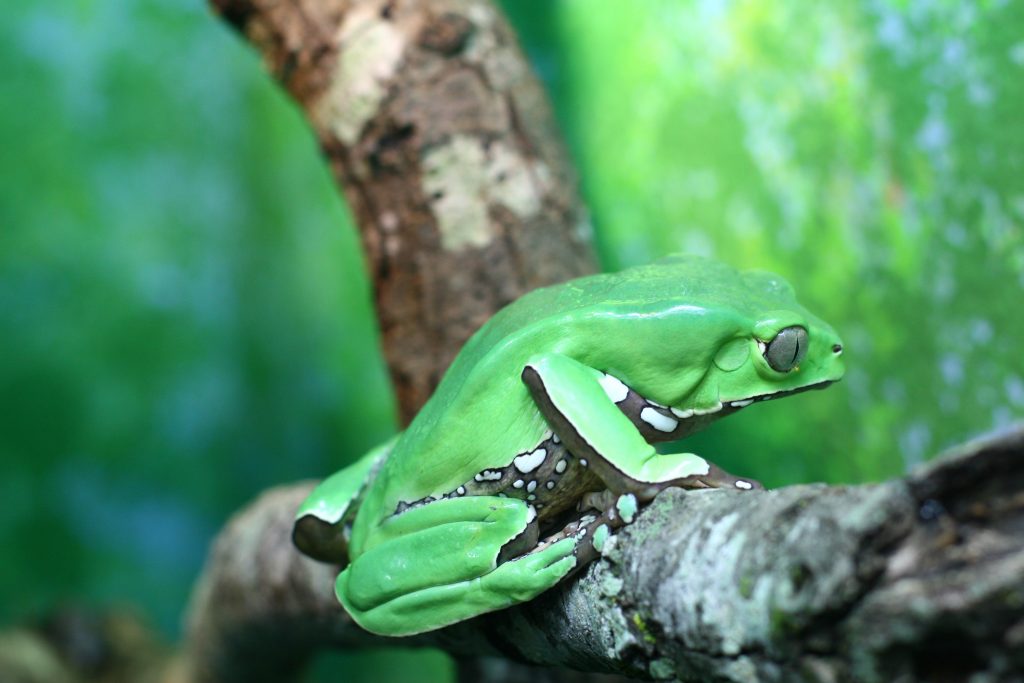
Final Thoughts: What is Kambo Medicine?
Kambo medicine, also called sapo or frog medicine is an alternative medical treatment involving the application of poisonous tree frog venom into burns on the skin. The practice was invented in the Amazon rainforest where the frog lives. It’s used as a purgative to clear blockages in the body and treat a long list of medical conditions.
The modern medical understanding of kambo medicine sees it as a hormetic medicine. It triggers core biological responses by aggravating them with small doses of the poison — to which the body responds with an even stronger defensive action.
Many of the compounds in kambo mimic or bind to neuropeptides in the tachykinin pathway — such as substance P.
Have you tried kambo medicine?
Do you have questions I haven’t already answered in this post?
Drop us a line and let us know!
Subscribe To Get a Weekly Dose of Psychedelics In Your Inbox
References
- de Morais, D. R., Lanaro, R., Barbosa, I. L., Santos, J. M., Cunha, K. F., Hernandes, V. V., … & Costa, J. L. (2018). Ayahuasca and Kambo intoxication after alternative natural therapy for depression, confirmed by mass spectrometry. Forensic Toxicology, 36(1), 212-221.
- Erspamer, V., Erspamer, G. F., Severini, C., Potenza, R. L., Barra, D., Mignogna, G., & Bianchi, A. (1993). Pharmacological studies of ‘sapo’from the frog Phyllomedusa bicolor skin: a drug used by the Peruvian Matses Indians in shamanic hunting practices. Toxicon, 31(9), 1099-1111.
- Aquila, I., Gratteri, S., Sacco, M. A., Fineschi, V., Magi, S., Castaldo, P., … & Ricci, P. (2018). The biological effects of kambo: is there a relationship between its administration and sudden death?. Journal of forensic sciences, 63(3), 965-968.
- Tastevin, C. (1925). Le fleuve Murú: ses habitants: croyances et moeurs kachinaua. Société de Géographie.
- Daly, J. W., Caceres, J., Moni, R. W., Gusovsky, F., Moos, M., Seamon, K. B., … & Myers, C. W. (1992). Frog secretions and hunting magic in the upper Amazon: identification of a peptide that interacts with an adenosine receptor. Proceedings of the National Academy of Sciences, 89(22), 10960-10963.
- Van Zoggel, H., Hamma-Kourbali, Y., Galanth, C., Ladram, A., Nicolas, P., Courty, J., … & Delbé, J. (2012). Antitumor and angiostatic peptides from frog skin secretions. Amino Acids, 42(1), 385-395.
- van Zoggel, H., Carpentier, G., Dos Santos, C., Hamma-Kourbali, Y., Courty, J., Amiche, M., & Delbé, J. (2012). Antitumor and angiostatic activities of the antimicrobial peptide dermaseptin B2. PloS one, 7(9), e44351.
- Anastasi, A., Erspamer, V., & Endean, R. (1967). Isolation and structure of caerulein, an active decapeptide from the skin ofHyla caerulea. Experientia, 23(9), 699-700.
- Falconieri, G. E., Anastasi, A., & Cei, J. M. (1970). Pharmacological observations on phyllomedusin. Journal of Pharmacy and Pharmacology, 22(6), 466-467.
- Montecucchi, P. C., Henschen, A., & Erspamer, V. (1979). Structure of sauvagine, a vasoactive peptide from the skin of a frog. Hoppe Seylers Z. Physiol. Chem, 360, 1170.
- JM, K. H. (2018). Kambo: A ritualistic healing substance from an amazonian frog and a source of new treatments. Open J Pain Med, 2, 004-006.
- LaPelusa, A., Bass, A. N., & Jan, A. (2020). Biochemistry, Bombesin. StatPearls [Internet].
- Dockray, G. J. (2010). Comparative neuroendocrinology of gut peptides. Comprehensive Physiology, 133-170.
- George, J. T., Kakkar, R., Marshall, J., Scott, M. L., Finkelman, R. D., Ho, T. W., … & Webber, L. (2016). Neurokinin B receptor antagonism in women with polycystic ovary syndrome: a randomized, placebo-controlled trial. The Journal of Clinical Endocrinology & Metabolism, 101(11), 4313-4321.
- Anastasi, A., Bertaccini, G., Cei, J. M., De Caro, G., Erspamer, V., & Impicciatore, M. (1969). Structure and pharmacological actions of phyllocaerulein, a caerulein-like nonapeptide: its occurrence in extracts of the skin of Phyllomedusa sauvagei and related Phyllomedusa species. British journal of pharmacology, 37(1), 198.
- Johnson, M. D., Ko, M. C., Choo, K. S., Traynor, J. R., Mosberg, H. I., Naughton, N. N., & Woods, J. H. (1999). The effects of the phyllolitorin analogue [desTrp3, Leu8] phyllolitorin on scratching induced by bombesin and related peptides in rats. Brain research, 839(1), 194-198.
- Hioki, H., Fujiyama, F., Nakamura, K., Wu, S. X., Matsuda, W., & Kaneko, T. (2004). Chemically specific circuit composed of vesicular glutamate transporter 3-and preprotachykinin B-producing interneurons in the rat neocortex. Cerebral Cortex, 14(11), 1266-1275.
- Perrine, S. A., Whitehead, T. L., Hicks, R. P., Szarek, J. L., Krause, J. E., & Simmons, M. A. (2000). Solution structures in SDS micelles and functional activity at the bullfrog substance P receptor of ranatachykinin peptides. Journal of medicinal chemistry, 43(9), 1741-1753.
- Okamoto, H., & Greenbaum, L. M. (1983). Isolation and structure of T-kinin. Biochemical and biophysical research communications, 112(2), 701-708.
- Sung, W. S., Park, S. H., & Lee, D. G. (2008). Antimicrobial effect and membrane-active mechanism of Urechistachykinins, neuropeptides derived from Urechis unicinctus. FEBS letters, 582(16), 2463-2466.
- Lennarz, W. J., & Lane, M. D. (2013). Encyclopedia of biological chemistry. Academic Press.
- Amiche, M., Ladram, A., & Nicolas, P. (2008). A consistent nomenclature of antimicrobial peptides isolated from frogs of the subfamily Phyllomedusinae. Peptides, 29(11), 2074-2082.
- Amiche, M., Seon, A. A., Wroblewski, H., & Nicolas, P. (2000). Isolation of dermatoxin from frog skin, an antibacterial peptide encoded by a novel member of the dermaseptin genes family. European journal of biochemistry, 267(14), 4583-4592.
- de Azevedo Calderon, L., Alexandre de Almeida, E. S., Ciancaglini, P., & Stábeli, R. G. (2011). Antimicrobial peptides from Phyllomedusa frogs: from biomolecular diversity to potential nanotechnologic medical applications. Amino acids, 40(1), 29-49.
- Carman, A. J., Mills, J. H., Krenz, A., Kim, D. G., & Bynoe, M. S. (2011). Adenosine receptor signaling modulates permeability of the blood–brain barrier. Journal of Neuroscience, 31(37), 13272-13280.

